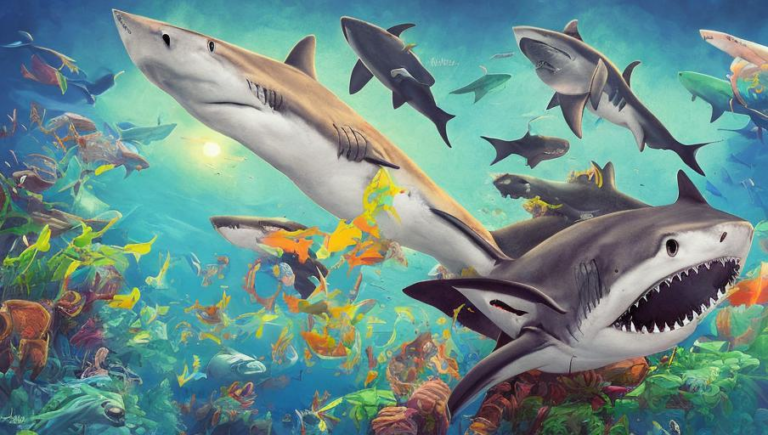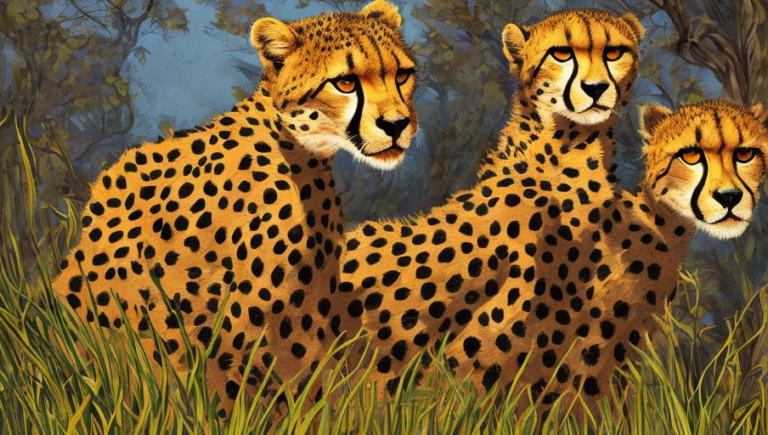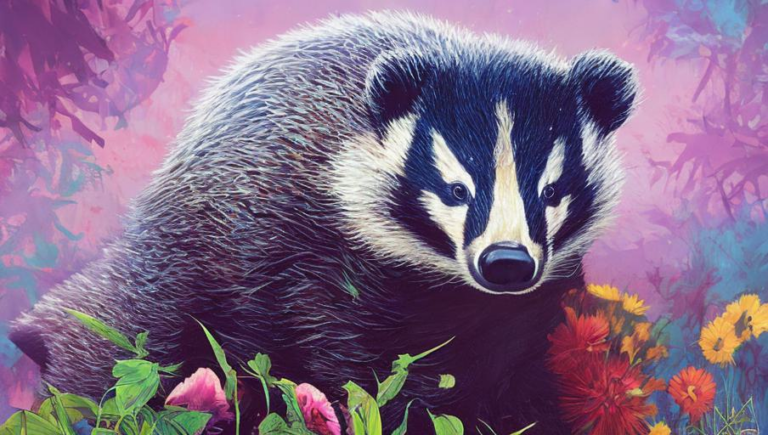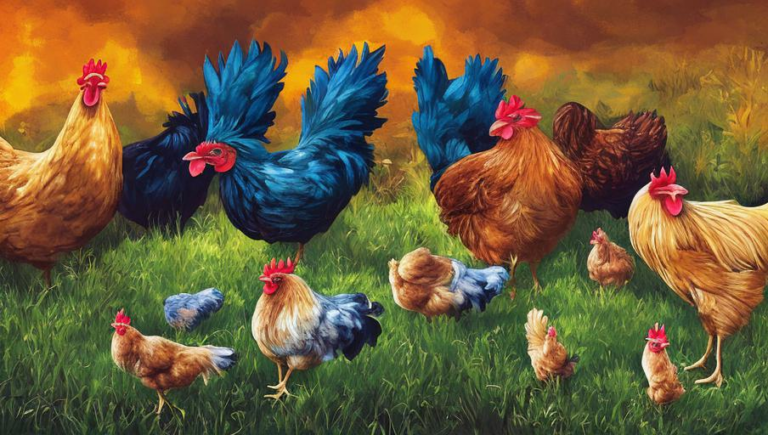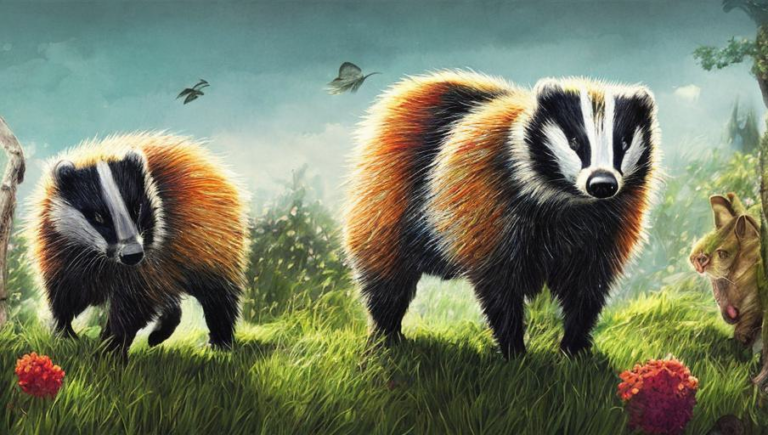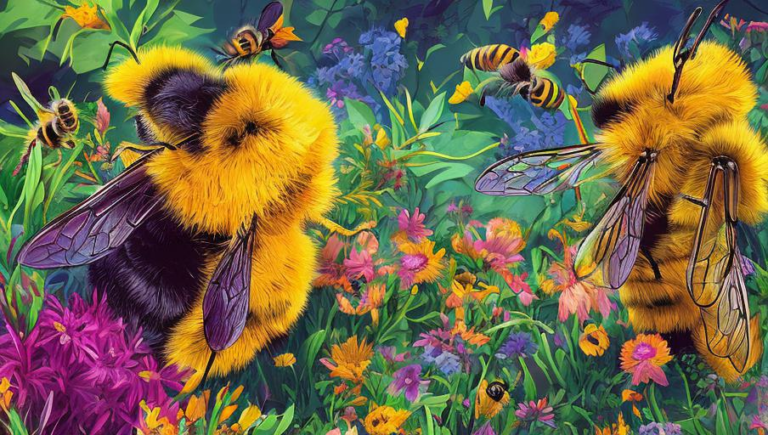Growth and Development of the Cobra
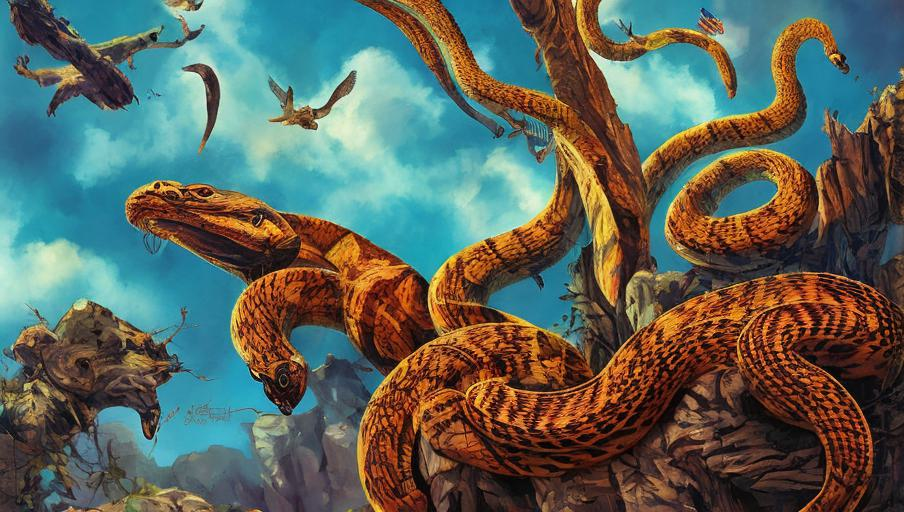
The Cobra
The cobra is a venomous snake found in tropical and subtropical climates across the world. It is a member of the Elapidae family and is known for its distinctive hood. Cobras can range from two to six feet in length and are considered to be one of the most dangerous snakes in the world.
Behavior and Habitat
Cobras live in a variety of habitats, including forests, grasslands, deserts, and wetlands. They are typically nocturnal and prefer to stay hidden during the day. They are also good swimmers and can survive in both freshwater and saltwater environments. Cobras feed mainly on small rodents, frogs, and other small animals.
Reproduction and Growth
Female cobras lay eggs, which typically hatch after about two months. Young cobras are about 8-10 inches in length, but grow quickly and can reach up to 6 feet in length. Cobras can live up to 25 years in the wild and can reach sexual maturity at around 3-4 years of age.
Enemies and Defense
Their main predators are birds of prey, such as hawks and eagles. Cobras will typically try to flee or hide when they sense danger. If cornered, they will raise their hoods, spread their necks, and hiss loudly. If this doesn’t scare away the predator, they may bite or use their venom to defend themselves.
Conservation Status
Cobras are not considered endangered, although their populations are threatened by habitat destruction, hunting, and the illegal pet trade. To help protect cobras, their habitats must be preserved and hunting should be strictly regulated. Additionally, captive-bred cobras should not be released into the wild, as this can cause the spread of disease and genetic problems.
Conclusion
Cobras are fascinating creatures that have been feared and respected for centuries. They are an important part of the ecosystems they inhabit and need to be protected. By understanding their behavior and habitats, we can work to ensure their survival for future generations.
